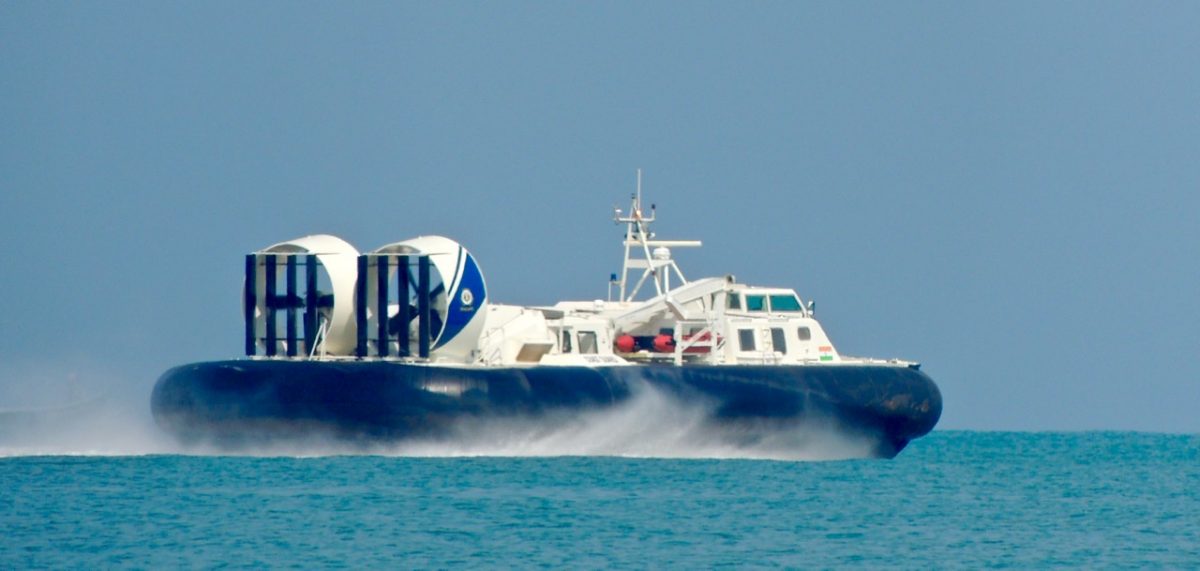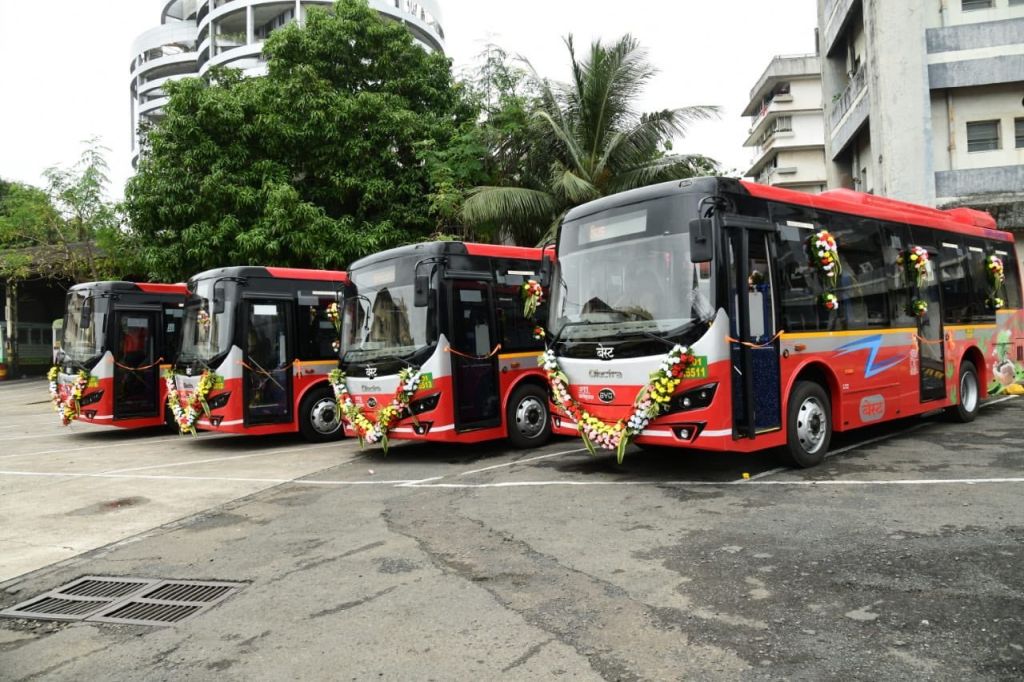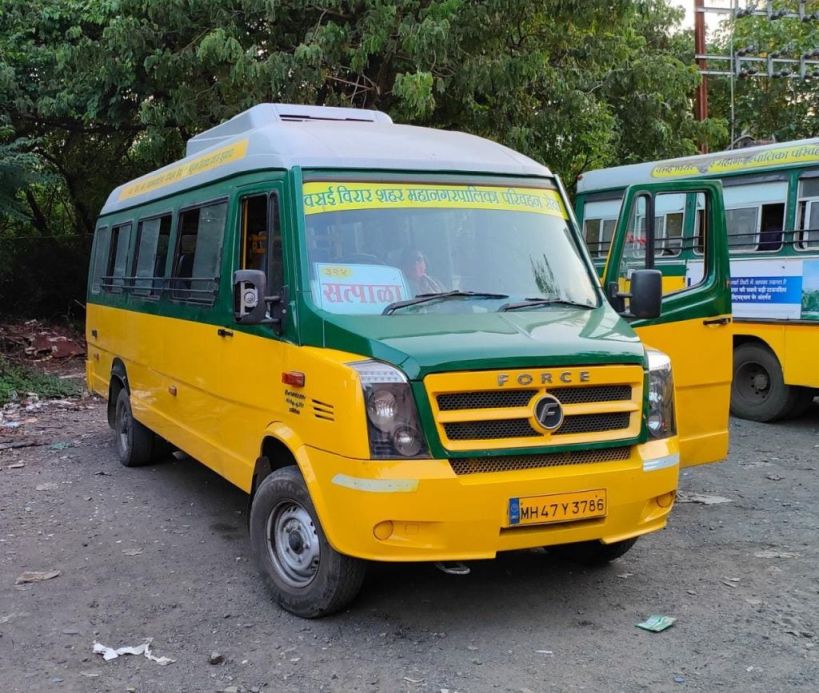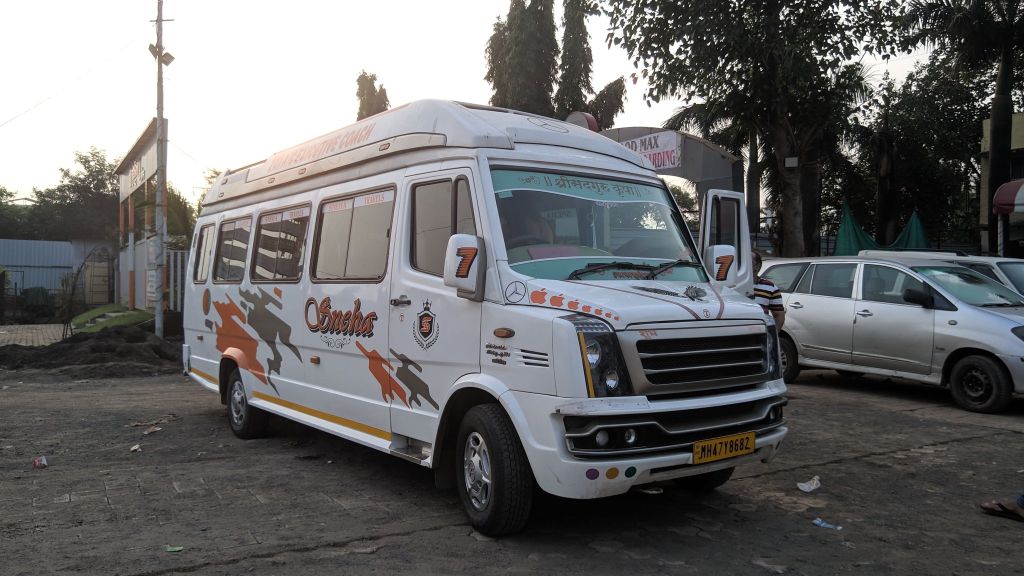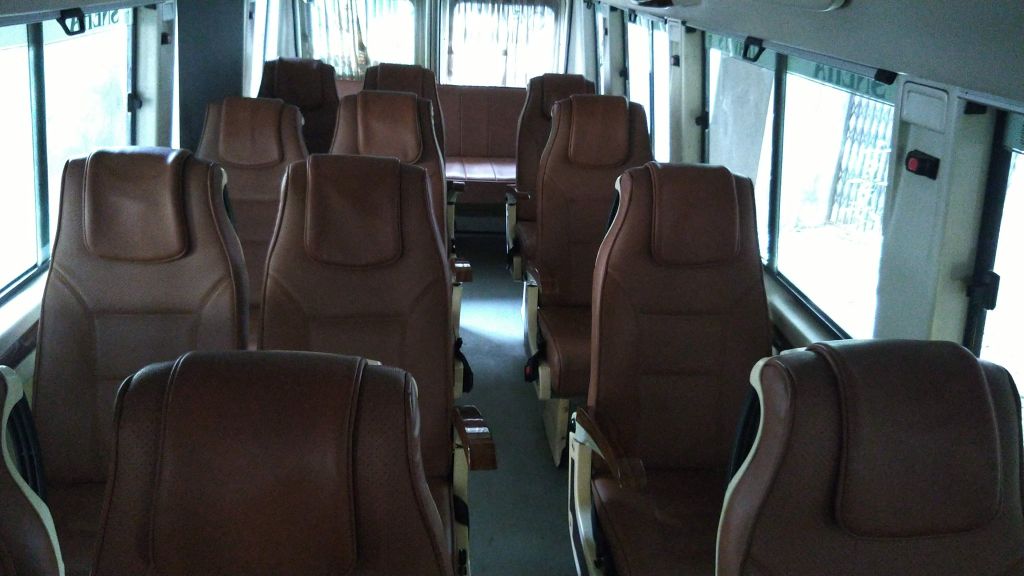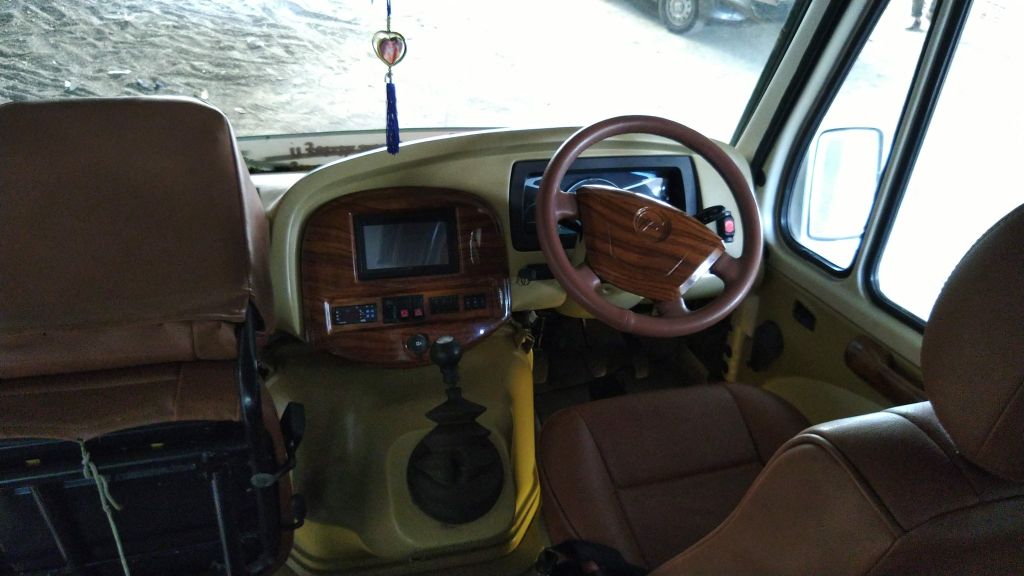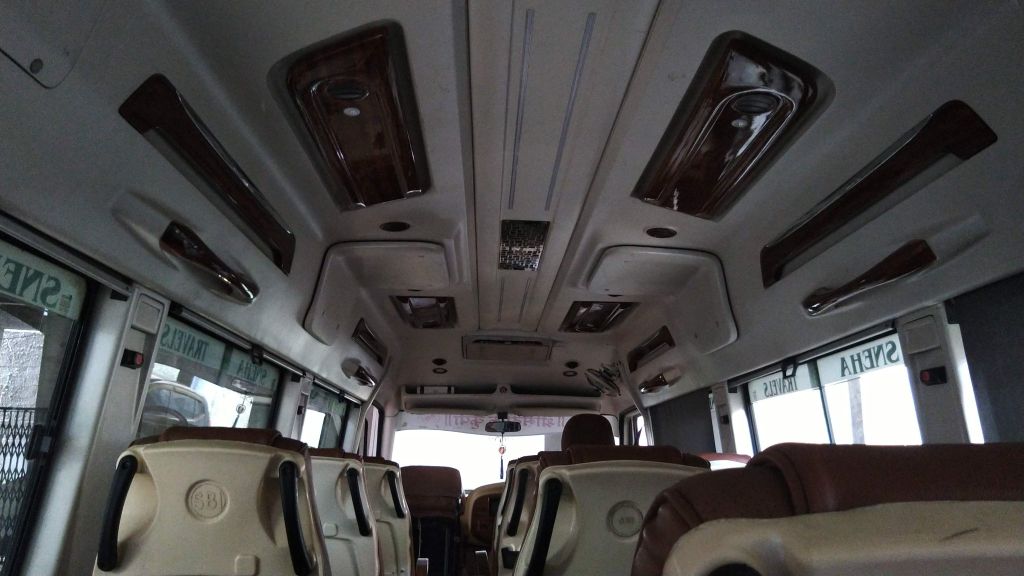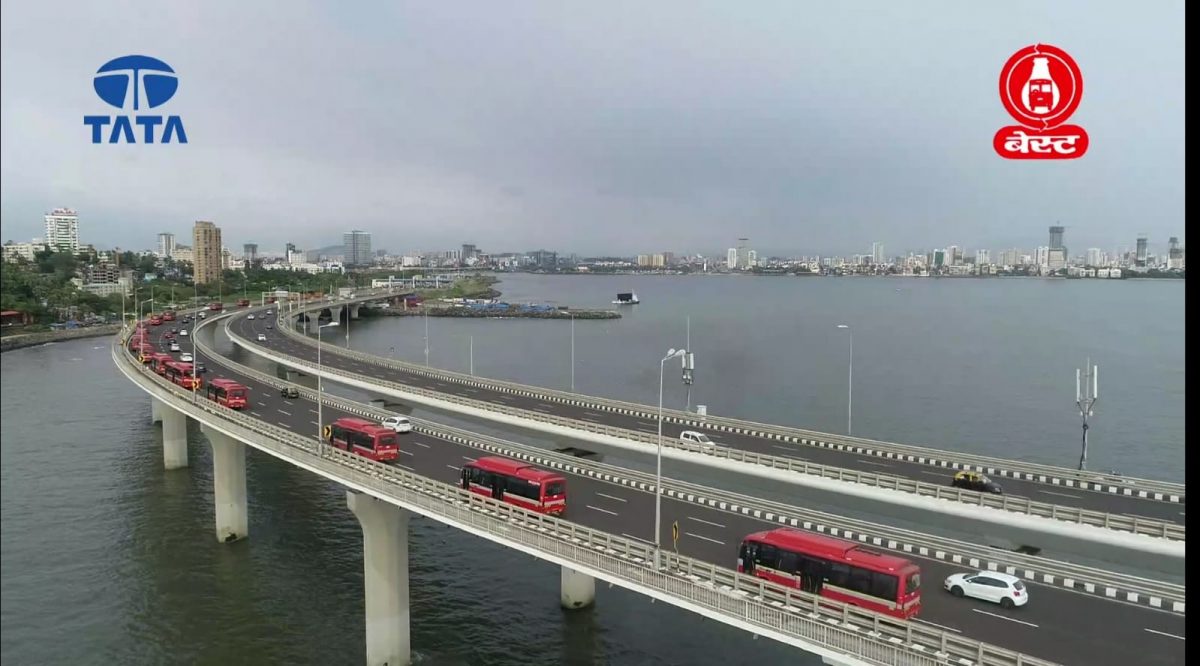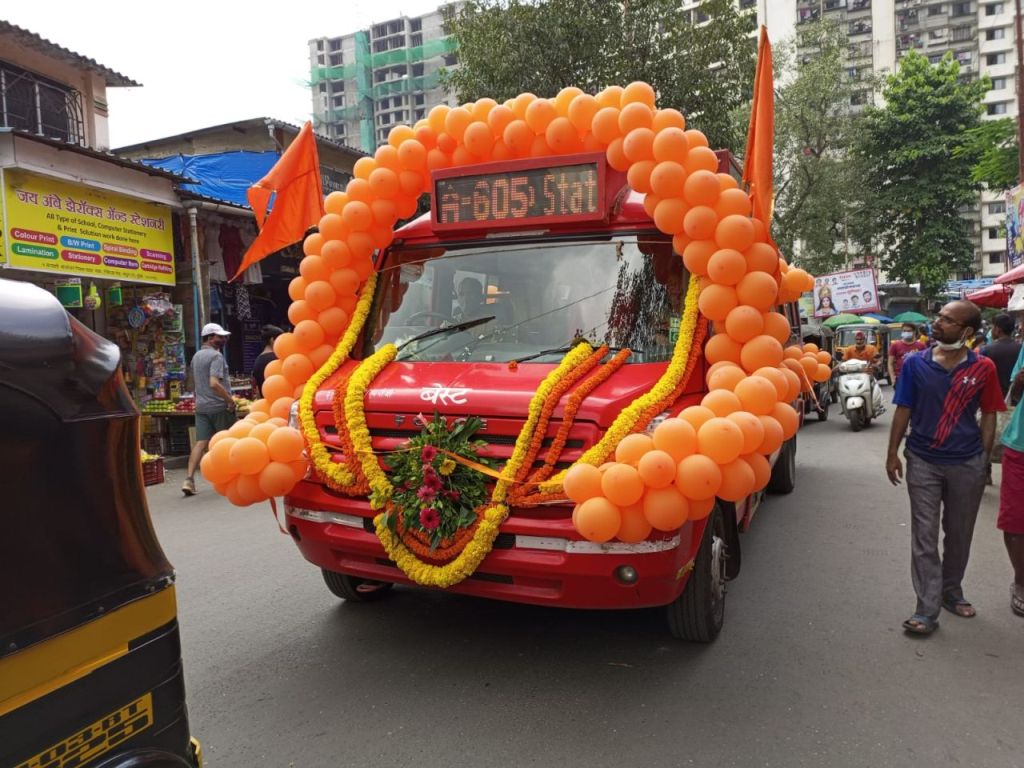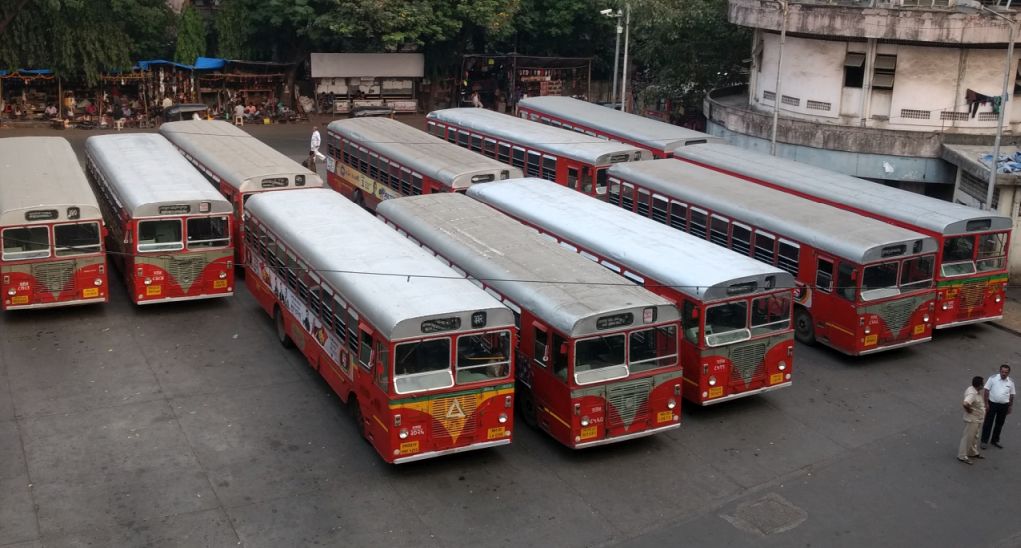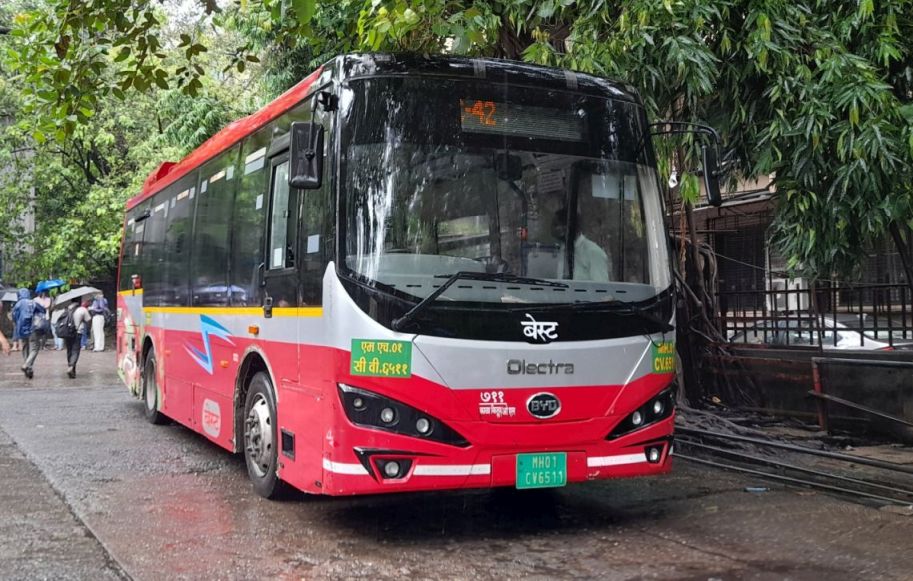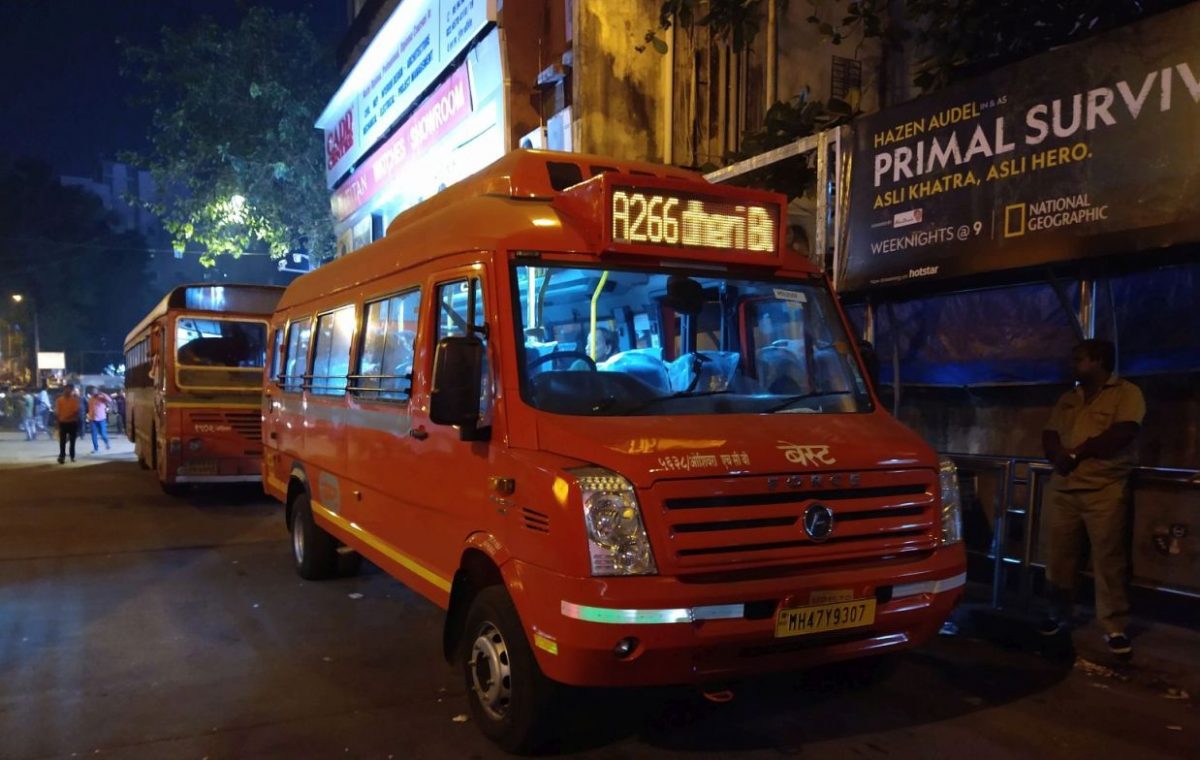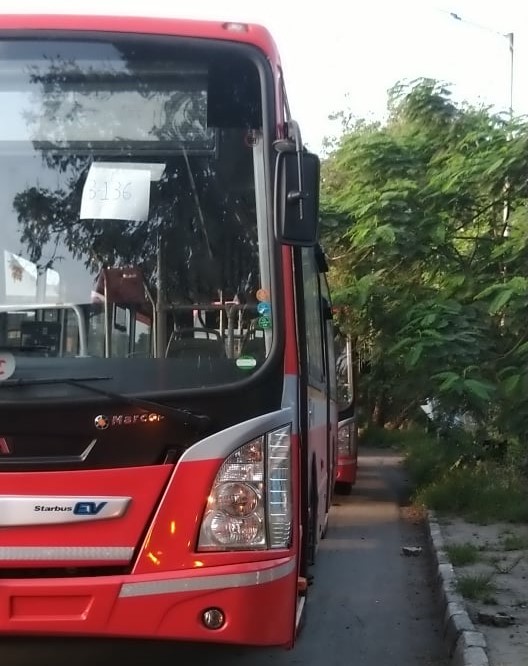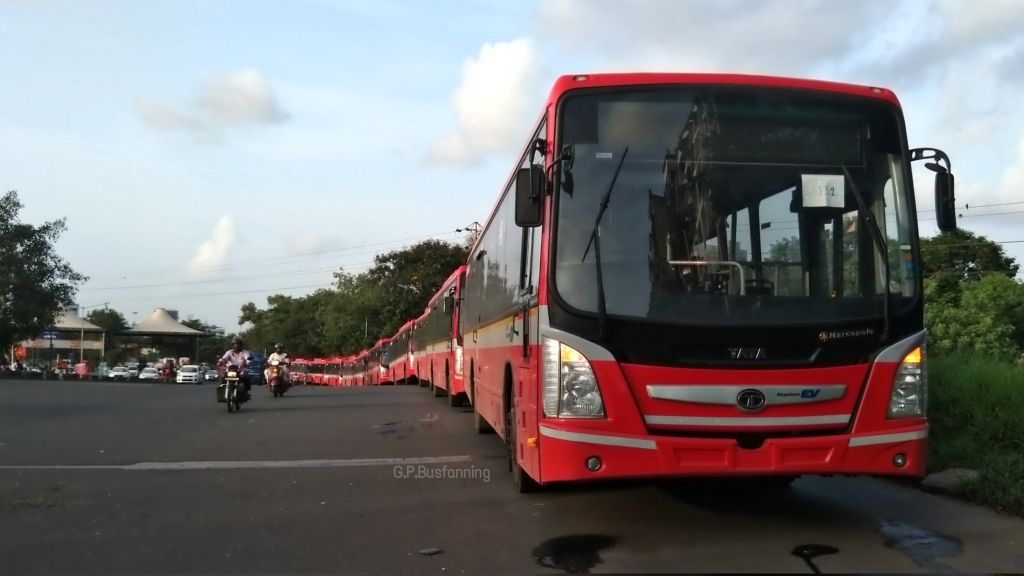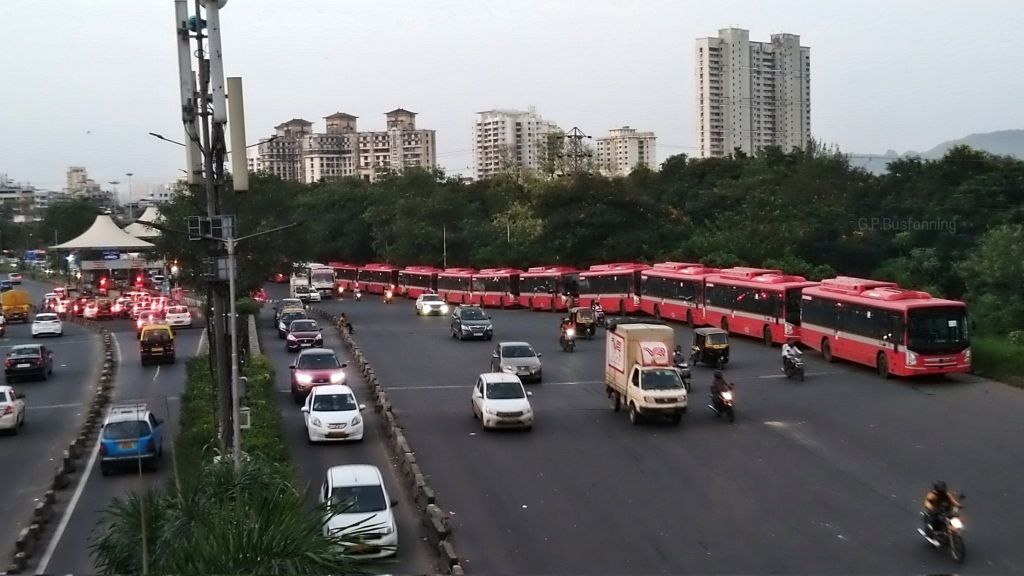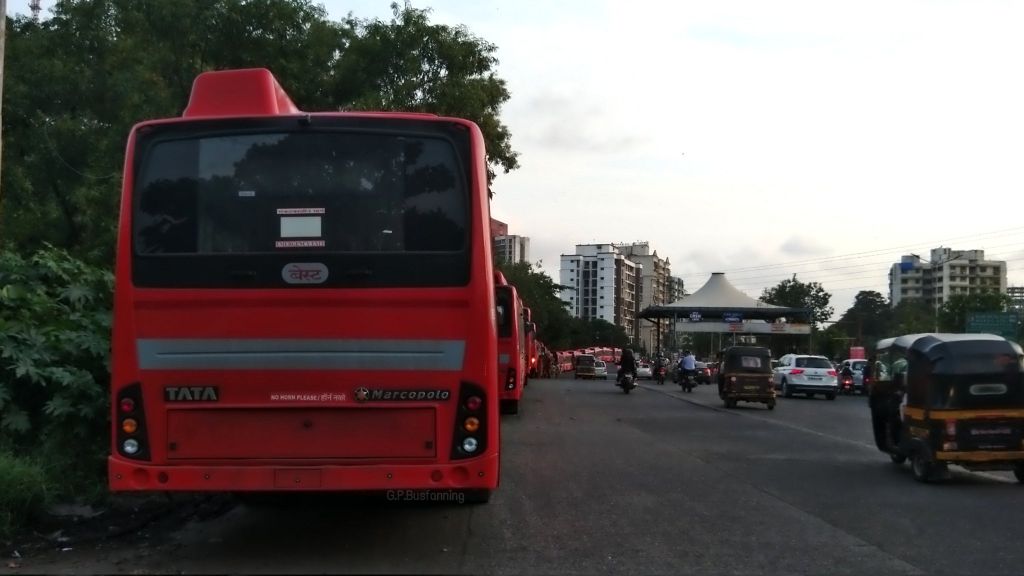On 17 November, a hovercraft was spotted off the coast of Andheri and that left a lot of us excited.
Here is the video shared by the Andheri Lokhandwala Oshiwara Citizen’s Association (ALOCA).
The spotting of the hovercraft left many of wondering what it was doing.
Many wondered if it was for trial runs of a potential water transit system, some even suggested that it was there to survey the region for the coastal road (a misnomer since the Coastal Road terminates at Worli and the Versova Bandra Sea Link is being buit near Andheri).
However, on closer examination, the hovercraft looks to be a Griffon Hoverwork 8000TD, manufactured jointly by the Southampton, England-based Griffon Hovercraft and the Kolkata-based Garden Reach Shipbuilders. It’s primary user in India is the Indian Coast Guard which has several of them parked at the Sarovar Vihar hoverport at Sector 11, CBD Belapur in Navi Mumbai.
The last known update about hovercrafts in the Mumbai Metropolitan Region (MMR) was from 2019 (when Devendra Fadnavis was still chief minister). Under the Uddhav Thackeray government, only the ro-ro service to Mandwa has been operational.
We wait eagerly for the day when Mumbai can have hovercrafts again. Services existed between 1994 and 1999, operated by Mahindra and Mahindra between Vashi, CBD Belapur and Gharapuri Island (for the Elephanta Caves) but wound up due to lack of proper berthing facilities in Mumbai.
That’s all for now. I apologise for my lack of blogging, I have been recovering from successive bouts of the flu and the Wuhan Virus.
To read my ideas on turning Mankhurd into an integrated road-rail-water transit hub on the lines of the St George Terminal in New York or the Hoboken Terminal in New Jersey, do read this article: Here’s How Mumbai Can Create A Robust Water Transit System
Featured Image: Indian Coast Guard’s Griffon-GRSE 800TD (Sballal/Wikimedia Commons)
If you intend to step out, whether to board on boat, bus or train, please wear a mask, carry sanitizer and maintain social distancing.
![]()
